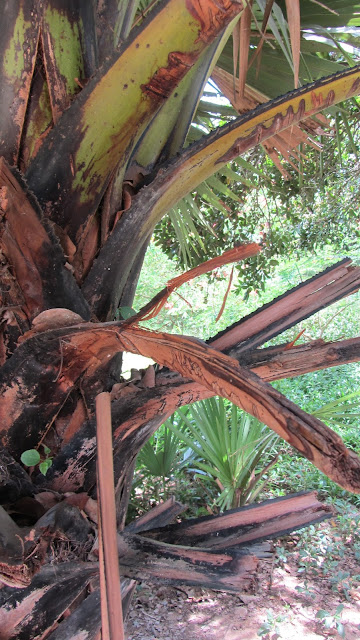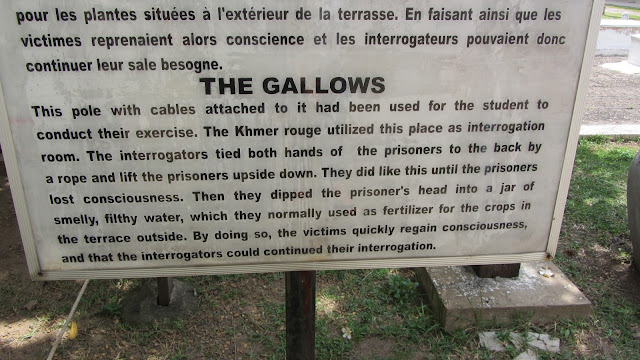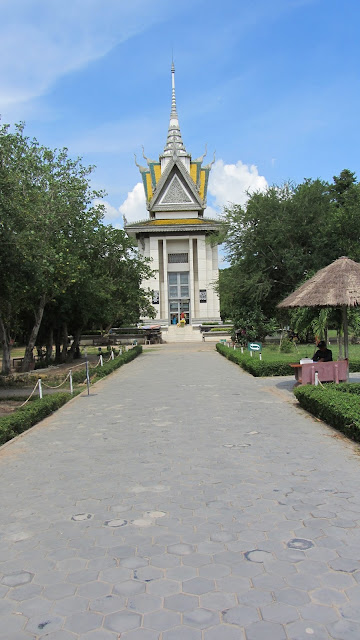We made it to our next country, Cambodia. Our first stop in Cambodia was the capital,
Phonm Penh. It was a big city without
the extremely large buildings. This city
is where a great deal of tragedy happened in the late 1970s, but it also had some great museums. A group called the Khmer Rouge, led by a man
named Pol Pot, became the dictator and was very paranoid and began genocide
against his own people. Over three
million people were killed in four short years.
On our first day we went to two places where some of the
horrific tragedy took place. The first
place was called Tuol Sleng, or S21.
This was a prison were many Cambodian people were held and tortured by
the Khmer Rouge soldiers. There were many of these prisons, but this one is the largest and most famous. More than 20,000 prisoners were killed there,
only seven survived. We got to meet one
of the living survivors, and we bought his book, in which he describes what he
saw and heard while being contained. It
was a powerful moment. Here are some of
the sights that we saw.

After we saw were many prisons were held, we headed to the
place where many Cambodians were murdered for no reason, the Killing
fields. Originally these fields were a
Chinese burial ground, there were still burial markers where the original
burials where. But, the Khmer Rouge
decided that this was a good place to kill their fellow Cambodians for no
reason, besides Pol Pot’s vision of a "pure" society. There are hundreds of killing fields like this all over Cambodia. This one is the largest and is a national monument to the genocide. We were given an audio tour narrated by a survivor from the time, and he explained the history of the regime and the events that took place.
We learned that
the Khmer Rouge didn't use guns to kill people because it was expensive and loud, so
they used whatever tools they had. The
audio told us that they used farming tools that were previously there from when
it was a farmland, and they also used branches from sugar palm tree to murder
the innocent people. It was very sad to
think about how all these people got murdered, but it is very important to remember
what happened so it doesn't happen again. It gave us a new admiration for all the Cambodian people who lived through such horrific times.
The next day we went to the national museum and learned
about the history of the country. I was
not allowed to take photos inside the museum, but we learned about the religious
background of Cambodia and how it has influenced their art. We also knew about a show, where young adults
perform traditional Cambodian dances that are held at this museum at night, so
we bought tickets.
The show as very well put together and we had a front row
seat. The young adults were very good
and seemed to enjoy performing the traditional dances. I took lots of photos of the traditional
clothing while they danced. The first
dance was about how the Cambodian people used to hunt. The second dance was about how they used to
fish. Thirdly, the dance was about a
mermaid and a monkey god falling in love. This type of dance is one of the most famous Cambodian
dances, Apsara dancing. Lastly we learned about the traditional
scarf that many Cambodians workers still use today. It was a lovely show and we were very happy
to enjoy the traditional dances.
The next day we were headed to Siem Reap. Can’t wait to see Angkor Wat!!!




















































































































No comments:
Post a Comment